The dredge Suction Mouth is a Cutter Suction Dredger component positioned behind the Cutter Head of a CSD during extraction of non-cohesive material from the sea bottom.The suction mouth can be found on the front side of the Cutter Ladder. We have two designs available: a `smiley` cross section area to optimize the flow and a neutral cross section. Both designs are available in a welded or wear-resistant casted version. In combination with our cutter and pump performance, we will help you select and design the right suction mouth for your application.
Photo of our Suction Mouth:
Dredge Pipe Pieces Benefits
Features of the Dredge Suction Mouth
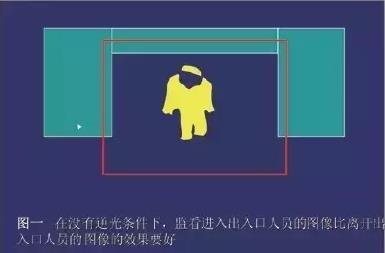
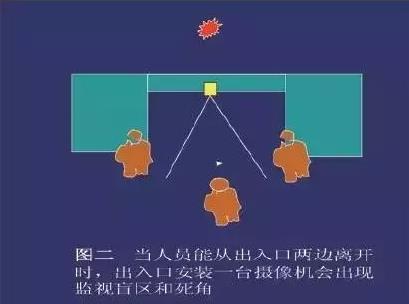
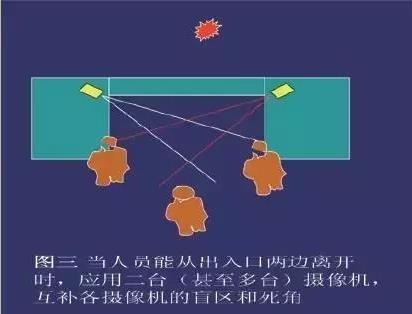
Third, increase the effective picture and depth of field 
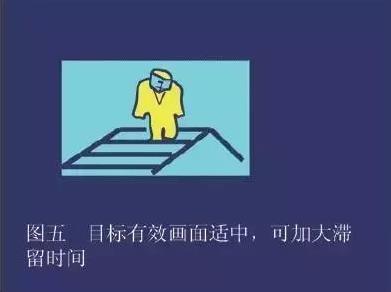
Fourth, to avoid the appearance of images, side view phenomenon 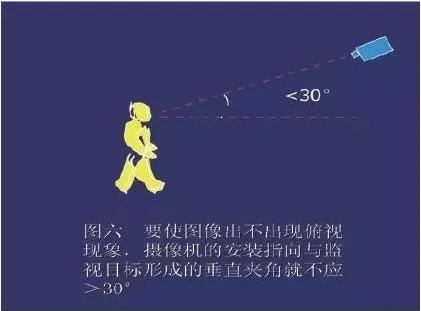


Casting the dredge suction mouth in one piece allows the most intricate shapes, both external and internal that can be obtained to follow the shape of the flow and Competitive prices
The dredge suction mouth is produced with customized design for anti-wear resistance
The dredge suction mouth is produced with high accuracy and precise dimensions to fit in the cutter head and the Suction Pipe
The design of the dredge suction mouth is highly adaptable to the requirements of production allowing shorter delivery times
The dredge suction mouth is made of one cast piece. Its flange is cast together with the body of the dredge suction mouth By using only one cast piece eliminates many operations, such as machining, forging, welding and allows the most intricate shapes, both external and internal that can be obtained to follow the shape of the flow.
Materials of Dredge Suction Mouth
The dredge suction mouth is produced from Carbon Steel that allows easy welding and hard facing and casting. The other material, Carbon manganese steel increases the depth of hardening and improving strength and toughness. The Alloy steel is used to obtain higher performance in wear resistance.
Suction Mouth
Mouth Suction Machine,Suction Baby Mouth,Suction Mouth,Mouth Suction Device
Unisite Group Ltd. , https://www.unisitemarine.com